Introduction: Humic acid, as a crucial organic compound in soil, plays a pivotal role in promoting plant growth, improving soil texture, and enhancing agricultural sustainability. This article delves into the sources of humic acid, its applications in agriculture, the importance of using humic acid, and its future prospects in agriculture.
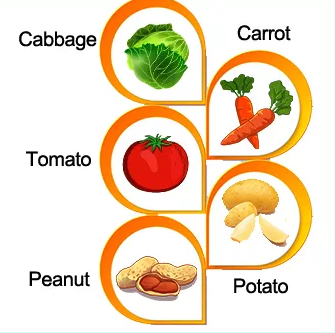
Sources of Humic Acid
Humic acid is an organic substance formed through the decomposition and transformation of organic matter in the soil. Its primary sources include plant residues, animal manure, microbial metabolic products, and the decomposition of soil organic matter. These original organic materials undergo complex biochemical processes in the soil, involving the transformation of carbon, hydrogen, oxygen, and nitrogen elements, along with microbial activity, to ultimately yield humic acid.
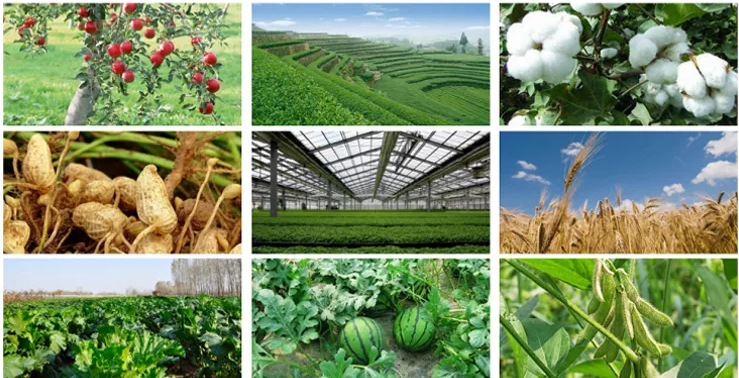
Applications of Humic Acid in Agriculture
Soil Texture Enhancement: Humic acid can improve soil structure, increase soil aggregation stability, and enhance the soil’s water and nutrient-holding capacity. This aids in reducing soil erosion and enhancing soil aeration, making it easier for plants to absorb nutrients.
Promotion of Plant Growth: Humic acid contains abundant organic carbon, nitrogen, and other trace elements, providing nutrients for plants, thereby promoting their growth and development. It also increases microbial activity in the soil, contributing to improved root growth in plants.
Increased Crop Yield: By enhancing soil fertility and improving soil texture, humic acid helps boost crop yields and quality, which is essential in meeting the growing global food demand.
Reduced Use of Chemical Fertilizers and Pesticides: Utilizing humic acid can lower the reliance on chemical fertilizers and pesticides in agriculture. It provides some of the necessary nutrients for plants, reducing the need for chemical fertilizers and, consequently, decreasing environmental pollution and ecosystem degradation.
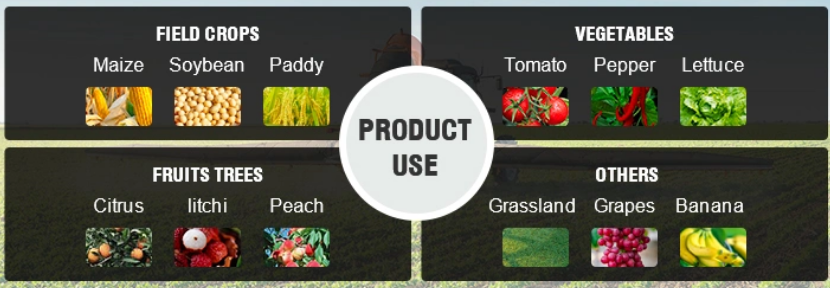
Why Should We Use Humic Acid
There are compelling reasons for using humic acid in agriculture:
Enhanced Soil Sustainability: Humic acid aids in improving soil texture, reducing soil erosion, and minimizing nutrient leaching, thereby increasing soil sustainability. This helps maintain the health and long-term productivity of the soil.
Reduced Dependency on Chemical Fertilizers: Using humic acid can decrease the need for chemical fertilizers, reducing agriculture’s dependence on finite fossil fuels and alleviating environmental pollution pressures.
Improved Crop Quality: The application of humic acid can enhance the taste, appearance, and nutritional value of agricultural produce, improving their market competitiveness.
Ecosystem Protection: The use of humic acid contributes to reducing the negative impacts of agriculture on ecosystems, such as water pollution, soil degradation, and biodiversity loss.
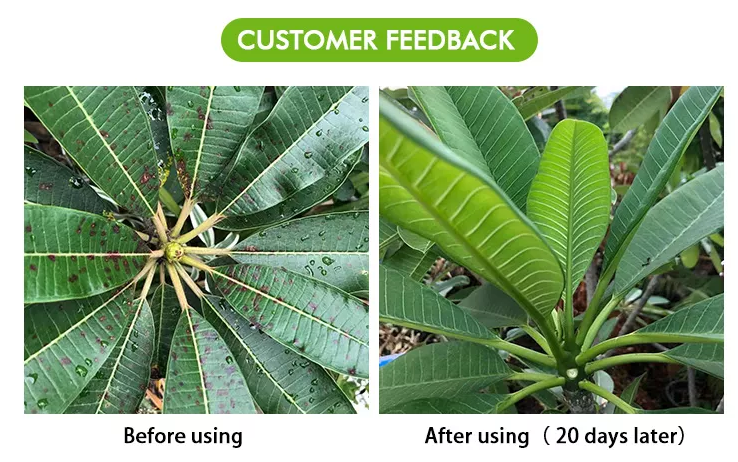
The Future of Humic Acid
Humic acid will play an increasingly vital role in the future of agriculture. With the rising global demand for food, worsening soil degradation, and escalating environmental issues, the application of humic acid will become a critical sustainable agricultural practice.
In the future, research and application of humic acid will expand, including the development of improved production techniques, novel humic acid products, and the promotion of best agricultural practices. Additionally, governments, farmers, and research institutions must collaborate to formulate policies and initiatives that encourage the use of humic acid, thus promoting sustainable agriculture and food security.
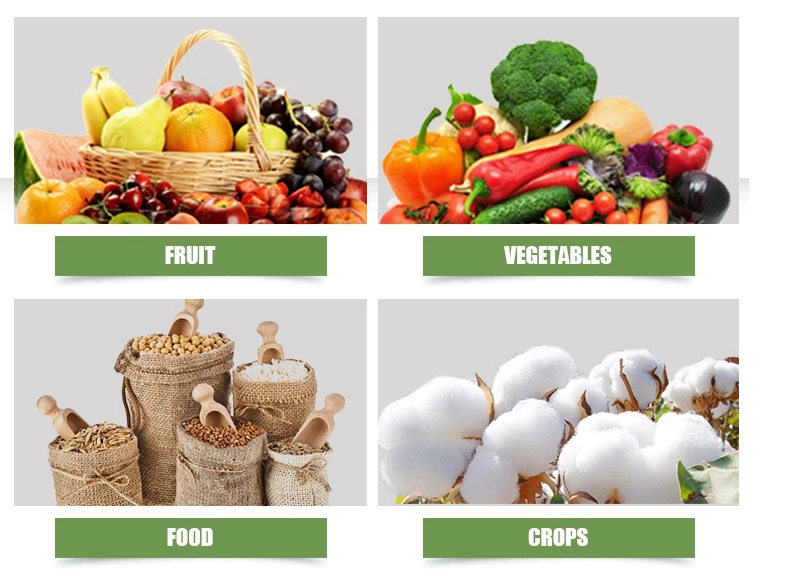
Conclusion
Humic acid, as a valuable organic substance in the soil, is instrumental in improving agricultural sustainability, safeguarding ecosystems, increasing crop yields, and enhancing food quality. In the future, the application of humic acid will become a vital practice in agriculture, contributing to meeting the ever-growing global food demand while protecting the health of the planet’s ecosystems. Therefore, we should actively advance research and utilization of humic acid to contribute to the future development of agriculture and food security.



 Facebook
Facebook Twitter
Twitter LinkedIn
LinkedIn Instagram
Instagram tiktop
tiktop